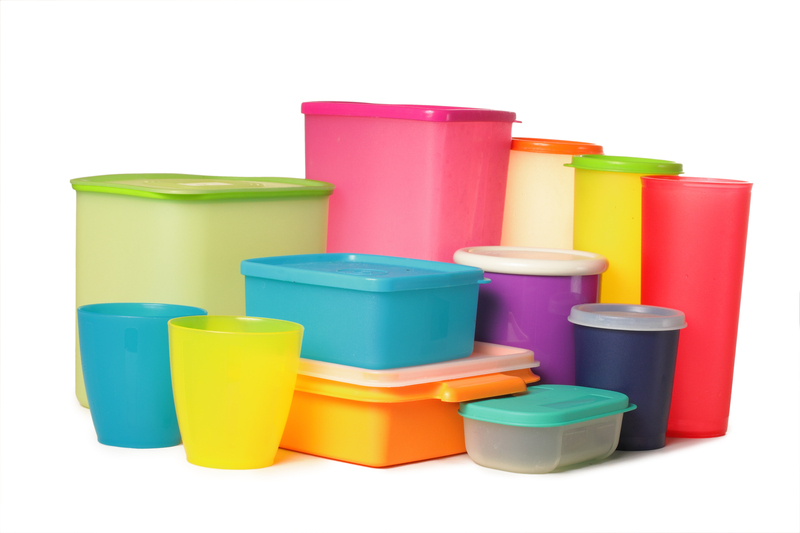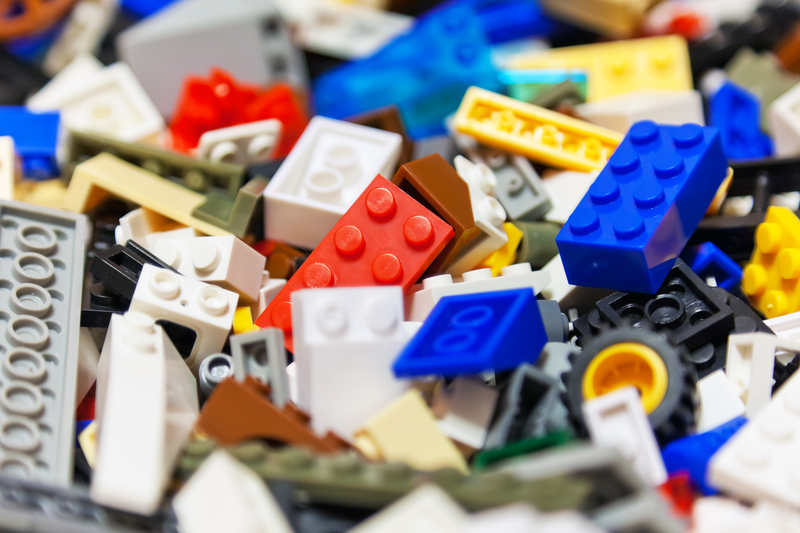Rethinking Plastics: Ending Microplastic Pollution
In recent years, the conversation about plastic pollution has intensified, sparking a global call to action. While large plastic debris is easy to spot and manage, the hidden danger lies in microplastics. These tiny plastic particles end up in our oceans, soil, and even our food chain. This article delves into how we can change our approach towards plastics and end this brewing crisis.
Understanding Microplastics: What Are They?
Microplastics are small plastic fragments typically less than 5mm in size. They come from a variety of sources, including the breakdown of larger plastic items and the shedding of synthetic fibers from clothing during washing. The cosmetic industry has also historically been a contributor with microbeads, although there is a shift towards banning these.
Types of Microplastics
- Primary microplastics: These are manufactured as small particles, such as microbeads used in exfoliants and cleaning products.
- Secondary microplastics: These result from the degradation of larger plastic products over time due to environmental factors.

The Impact of Microplastic Pollution
The effects of microplastics reach far beyond the aesthetic impact of litter. They pose genuine threats to marine life and ecosystems, as well as to human health.
Environmental Repercussions
- Marine Life: Ingested by a wide range of marine species, microplastics affect the growth, reproductive and survival rates of these organisms.
- Food Chain Disruption: Marine creatures contaminated with microplastics are part of the human diet, causing the plastics to make their way up the food chain.
Human Health Concerns
There is growing concern over the impact of microplastics on human health. Although research is still in its early stages, the potential for harm includes inflammation, hormone disruption, and even carcinogenic effects.
Innovative Solutions to Microplastic Pollution
The key to solving microplastic pollution lies in innovation and engagement. Here's how industries, individuals, and policymakers can make a difference:
Legislation and Policy Initiatives
- Regulation of Plastic Production: By enforcing stricter regulations on plastic production and use, governments can reduce microplastic creation at the source.
- Bans and Restrictions: Several countries are implementing bans on microbeads in cosmetics, a move that can be expanded globally.
Rethinking Production and Consumption
The business world is beginning to adapt, with various companies investing in biodegradable alternatives to traditional plastics. Consumers can also play a part by opting for products that minimize plastic use and choosing brands committed to sustainable practices.
Innovation in Waste Management
Enhanced recycling processes and initiatives can effectively reduce plastic waste. Technologies like pyrolysis, which converts plastic waste into fuel, are showing promise.

Taking Individual Responsibility
While systemic changes are necessary, each individual possesses the power to contribute to the solution. Simple changes in daily habits can greatly impact microplastic pollution.
Conscious Consumer Choices
- Opt for Natural Fibers: Choose clothing made from natural fibers such as cotton or wool instead of synthetic materials that shed microplastics.
- Avoid Single-Use Plastics: Use reusable bags, bottles, and utensils to minimize plastic waste.
- Support Microplastic Mitigation: Purchase products from companies that invest in reducing microplastic pollution.
Conclusion: A Shared Responsibility
The battle against microplastic pollution is daunting but not insurmountable. By rethinking the way we produce, consume, and dispose of plastics, we can start to reverse the damaging trends and protect our planet for future generations. Ending microplastic pollution requires a multi-faceted approach encompassing policy, innovation, and community involvement. Through collective action and determination, a sustainable future free from the plague of plastic pollution is achievable.
Let us all contribute to a cleaner, greener planet by being aware of our choices and their impacts.